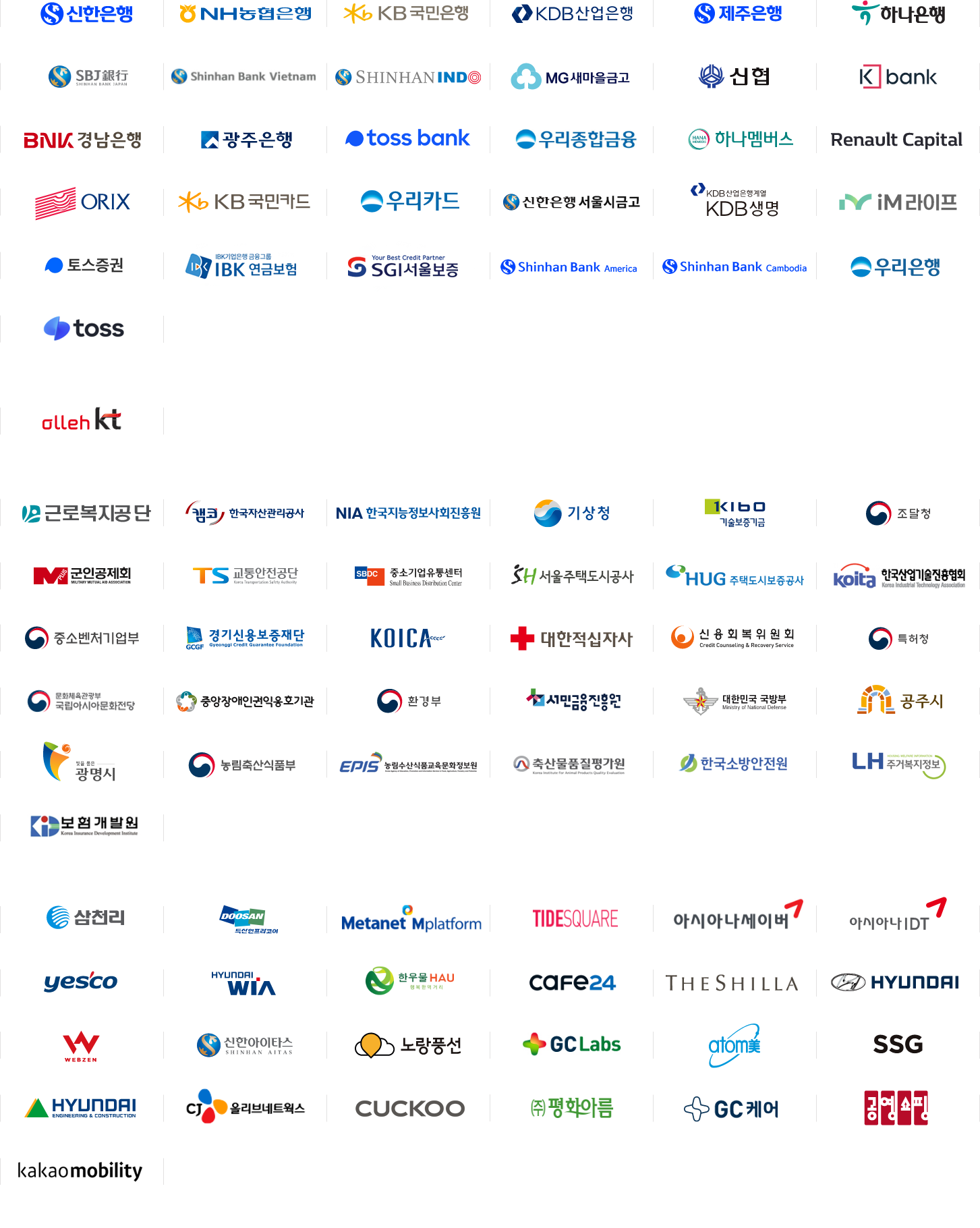Business
Hosted Media Processing
BT-HMP
Host Media Processing Software
HMP Solutions
BT-HMP is a host media processing (HMP) solution developed exclusively by Bridgetec.
It offers higher performance at lower costs compared to its competitors.
BT-HMP is a software library for developing voice, video, and fax services.
The optimized architecture enhances performance through efficient resource management,
and the intuitive API allows the user to create audio and video contents quickly and easily.
- Features
-
-
- RTP/SRTP
-
- Supports RTP for audio and video deliver over IP / Supports SRTP for encrypted audio and video delivery
-
- Audio Codec
-
- Supports g.711 alaw/ulaw, g.726, vox, linear PCM, g.723.1, g.729 codecs
-
- Video Codec
-
- Supports h.263, h.264, mpeg4 codecs
Supports qcif, cif image size
Supports 5~30 frame rate
- Supports h.263, h.264, mpeg4 codecs
-
- QoS
-
- Dynamic jitter buffer, PLC, FIR,
RTCP feedback video bitrate adaptation
- Dynamic jitter buffer, PLC, FIR,
-
- Play
-
- Supports native/transcode play,
and memory/file play, and voice/
DTMF barge-in
- Supports native/transcode play,
-
- video rendering
-
- text/graphic overlay, horizontal/
vertical scroll, paging, word wrapping,
DTMF echo
- text/graphic overlay, horizontal/
-
- Record
-
- Supports native/transcode record and
memory/file record. Pre-speech buffer
function available
- Supports native/transcode record and
-
- Switch
-
- Supports native/transcode switch.
(Converts in-band and rfc2833 DTMF)
- Supports native/transcode switch.
-
- DTMF
-
- In-band/rfc2833 detection/generation
-
- Audio Conference
-
- N-1 mixing, play/record for conferences,
DTMF clamping, active talker detection,
AGC
- N-1 mixing, play/record for conferences,
-
- Video conference
-
- Supports up to
9-party video conferencing - Active talker mode
- Picture-in-picture (PiP) mode
- N-part split screen mode
- Supports up to
-
- Fax
-
- Supports T.38 fax. ECM/non-ECM,
v.17 14400 bps
- Supports T.38 fax. ECM/non-ECM,
-
- WebRTC Support
-
- DTLS/ICE negotiation
- SRTP support
-
- Call Disposition Detection
-
- Detects active voice, answering machines,
faxes, and silence - Can be used in predictive dialing systems
- Detects active voice, answering machines,
-
- AI Voice Change
-
- AI-assisted real-time voice change
with minimal delay (150ms) - Male/Female voice change
- Pitch and formant shift
- AI-assisted real-time voice change
-
- Audio Codecs
-
- AMR, AMR-WB, Opus
-
- Benefit
-
-
1
- High performance
-
- Has better performance than the competitor
on same hardware specifications
- Has better performance than the competitor
-
2
- Easy to use and intuitive API
-
- Able to select the optimal hardware settings
for applications regardless of hardware for factor - Supports Linux and Solaris
- Supports Intel, AMD, and SPARC processors
- Standard protocol support and intuitive API
allows fast time to market
- Able to select the optimal hardware settings
-
3
- Low total cost of ownership
-
- Reduction of cost through providing voice, video, and fax services on a single system
- Low development cost than solutions based on DSP board by eliminating unnecessary hardware inventory
-
- Specifications
-
-
- Minimum system requirements
-
- OS: Linux kernel 2.6(equivalent to Redhat ES4) or above, or Solaris 9 or above
- CPU: Intel Pentium4 or equivalent AMD CPU, supporting SSE commands
- Memory: 256Mb
- Hard drive: 500Mb space required
- Performance
- -Test hardware: Quadcore Xeon L5408 2.13G * 2
- -Test OS: Redhat AS4
Codec Number of channels CPU usage g.711 960 21% g.723.1/g.729 720 57% h.263 Qcif 15fps, 480 70% h.264 Qcif 15fps, 240 67% mpeg4 Qcif 15fps, 480 72% -
- License
-
- RTP : number of RTP endpoints
- Conference: number conference participants
- g.711: number of g.711 codecs
- g.723.1: number of g.723.1 codecs
- g.729: number of g.729 codecs
- H.263: number of h.263 codecs
- H.264: number of h.264 codecs
- Mpeg4: number of mpeg4 codecs
-
- Reference
-
-

